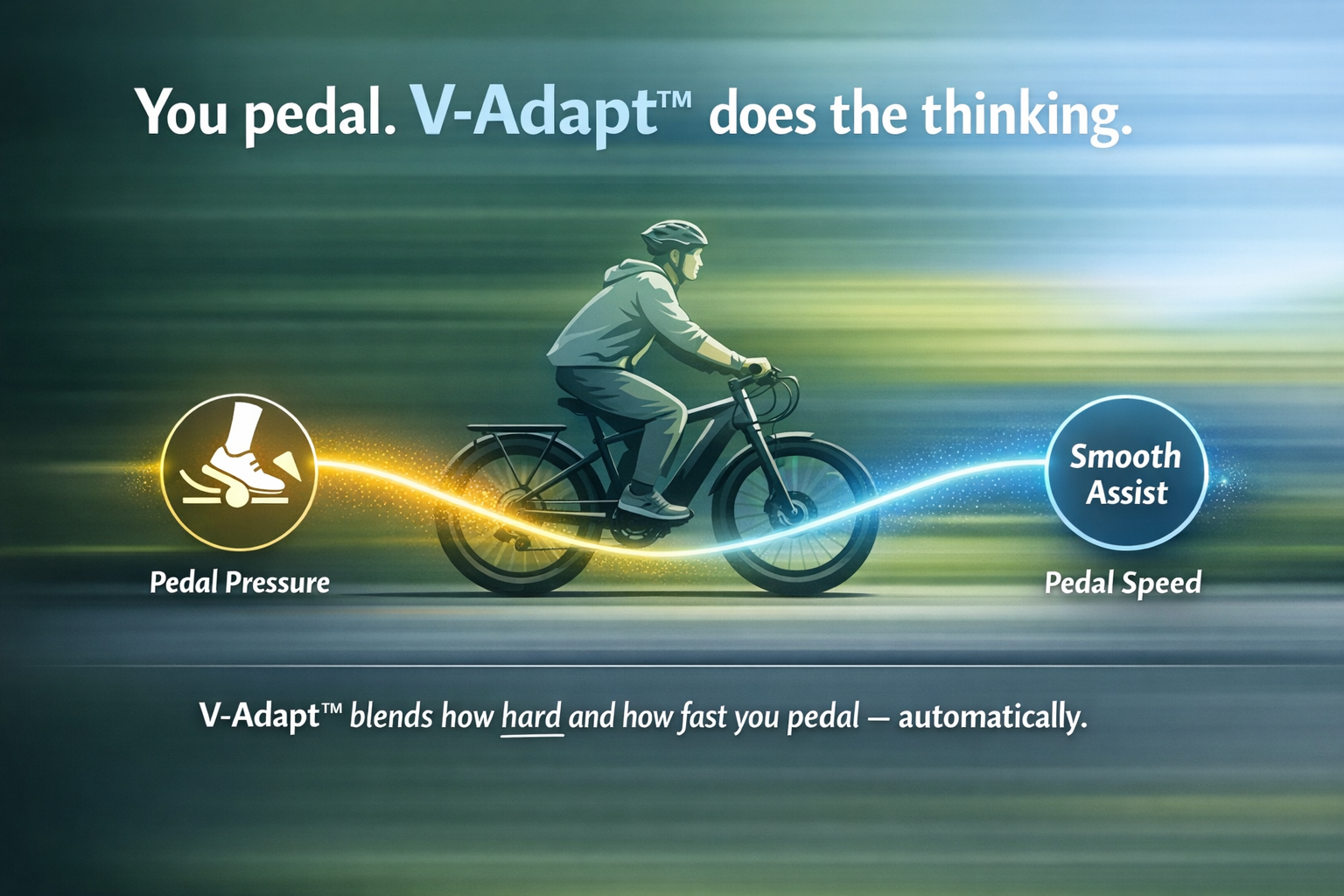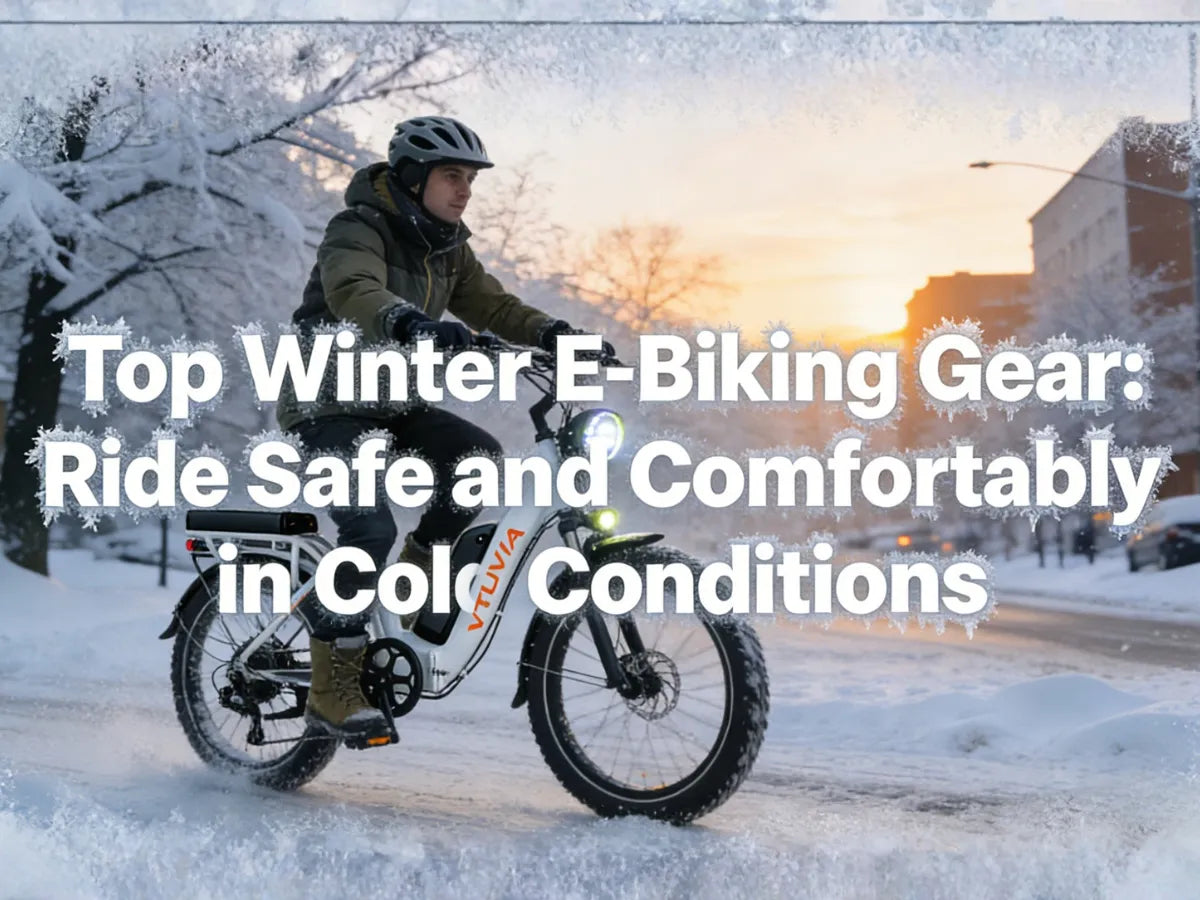Class 1 Electric Bike: The Ultimate Guide for Riders and Buyers
Class 1 electric bikes are often called the “gateway to eBiking.” They’re simple, fun, and legal on most bike paths—perfect for riders who want a little boost without breaking the rules. In this definitive guide, we’ll explain everything you need to know about Class 1 eBikes, from how they work to why they’re changing the way people commute and explore outdoors.
What Is a Class 1 Electric Bike?
A Class 1 electric bike (also known as a pedal-assist eBike) is equipped with a motor that helps you pedal up to 20 mph (32 km/h). The motor only engages when you’re pedaling—meaning it won’t move on its own like a throttle bike. Once you stop pedaling or reach the speed limit, the motor automatically shuts off.
- Maximum speed: 20 mph (32 km/h)
- Motor type: Pedal-assist only (no throttle)
- Power limit: 750 watts (in most U.S. states)
- Legal access: Allowed on most bike lanes and multi-use trails
How Does a Class 1 Electric Bike Work?
The technology behind a Class 1 eBike is both smart and intuitive. Here’s how it functions:
- Pedal Sensors: Detect when you start pedaling and activate the motor for smooth acceleration.
- Mid-Drive or Hub Motor: Delivers power efficiently through the drivetrain or wheel hub.
- Battery Pack: Provides the energy for motor assistance—typically offering 30–60 miles per charge.
- Controller: The “brain” of the eBike that balances motor power and pedal input for a natural feel.
Modern eBikes use torque sensors that measure how hard you’re pedaling, adjusting power in real time for a seamless riding experience.
Why Choose a Class 1 eBike?
Class 1 electric bikes are the perfect mix of fitness, fun, and practicality. Here’s why they stand out:
- Legal and versatile: Class 1 bikes are street and trail friendly in most regions.
- Low learning curve: Pedal-assist feels natural—no throttle or extra controls needed.
- Fitness-friendly: Encourages pedaling while reducing fatigue on long or hilly rides.
- Eco-conscious travel: Reduces reliance on cars for short trips and commutes.
Class 1 vs Class 2 vs Class 3 eBikes
To understand Class 1 bikes better, it helps to compare them with the other two classes of eBikes:
| Category | Class 1 | Class 2 | Class 3 |
|---|---|---|---|
| Motor type | Pedal-assist only | Throttle + Pedal-assist | Pedal-assist only |
| Top assisted speed | 20 mph (32 km/h) | 20 mph (32 km/h) | 28 mph (45 km/h) |
| Legal access | Most bike paths | Restricted in some trails | Usually road-only |
| Typical use | Commuting, recreation | Comfort riding, casual use | Long-distance commuting |
Legal Regulations and Trail Access
In the U.S., eBike laws vary by state. Fortunately, Class 1 electric bikes are the most universally accepted. They’re typically allowed on:
- Bike lanes and city streets
- Shared-use paths and recreational trails
- National parks (depending on local rules)
Before riding, always check local laws—some regions require helmets, age limits, or restrict access to specific trails.
Best Use Cases for Class 1 Electric Bikes
- Urban commuting: Perfect for short-to-medium daily travel.
- Fitness and recreation: Stay active while reducing strain on joints.
- RV and camping trips: Compact, quiet, and trail-legal for exploring.
- Senior riders: Provides gentle assistance for safe, confident riding.
How to Choose the Right Class 1 eBike
When shopping for a Class 1 electric bike, consider the following factors:
- Motor and torque: Look for at least 60 Nm for strong hill-climbing ability.
- Battery capacity: 500Wh–750Wh offers longer range per charge.
- Frame style: Step-through for comfort, diamond frame for sportiness.
- Weight and portability: Choose lightweight or folding models for easy transport.
- Brand support: Go with trusted manufacturers offering reliable after-sales service.
Maintenance and Care Tips
- Charge the battery between 20–80% to extend lifespan.
- Keep tires inflated for smoother efficiency.
- Regularly check brakes, chain, and connections.
- Store indoors away from moisture and extreme heat.
Common Myths About Class 1 eBikes
- Myth 1: “You don’t have to pedal.” — False. Class 1 bikes require pedaling.
- Myth 2: “They’re not real exercise.” — Studies show eBikers burn nearly as many calories as traditional cyclists.
- Myth 3: “They’re too complicated.” — Modern systems are user-friendly and beginner-safe.
The Future of Class 1 Electric Bikes
As cities promote green commuting, Class 1 electric bikes will become even more common. Expect innovations like:
- Smartphone connectivity and app integration
- Regenerative braking systems
- Longer-range, faster-charging batteries
- Integration with public transport systems
Beginner’s Checklist Before Your First Ride
- ✅ Fully charge your battery
- ✅ Check tire pressure and brakes
- ✅ Adjust seat height and handlebar position
- ✅ Wear a helmet and bright clothing
- ✅ Start in a low assist mode and increase gradually
Final Thoughts
Whether you’re new to cycling or rediscovering your love for outdoor adventures, a Class 1 electric bike offers the perfect blend of comfort, control, and freedom. It’s not just about speed—it’s about making every ride smoother, easier, and more enjoyable. As technology improves, Class 1 bikes will continue to shape the future of personal mobility.





Share:
How Fast Can an eBike Go? Complete Guide for Riders & Upgrades
Affordable Freedom: Discover VTUVIA Electric Bikes for Active Retirees